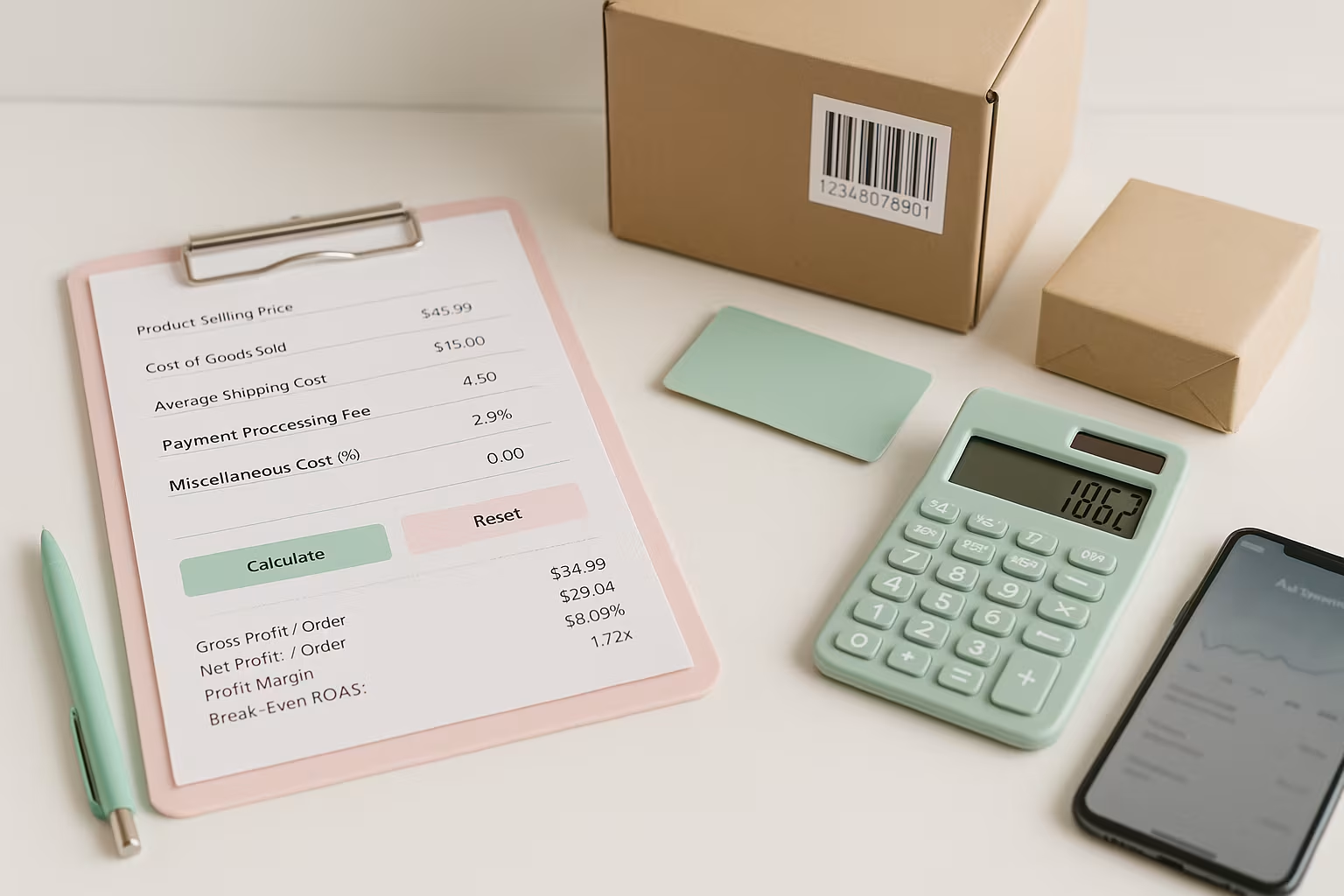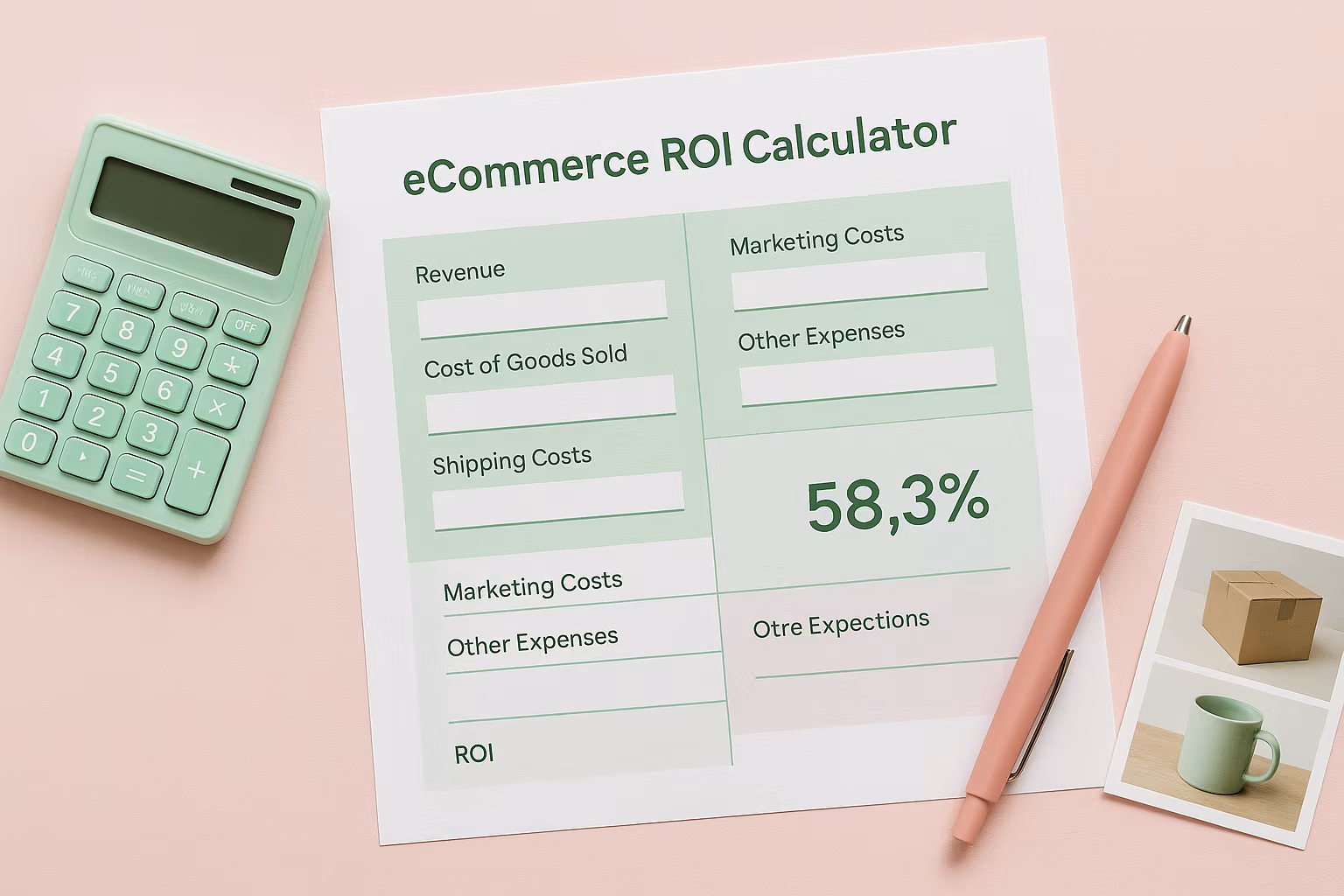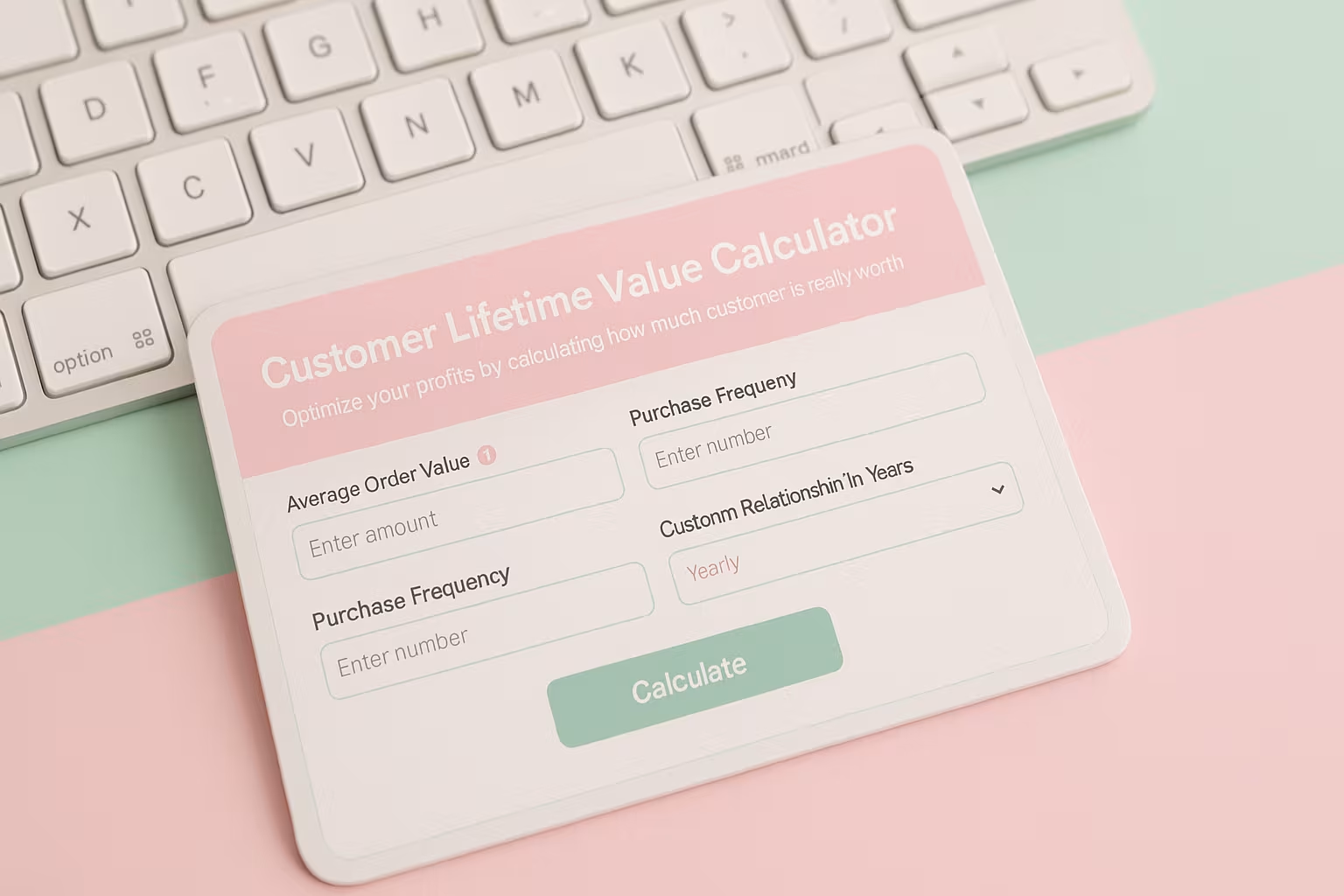A Guide to Barcodes: Understanding Their Importance, Types, and Registration Process
.avif)
In this article, we will explore the importance of barcodes, the different types, and how you can register and create these codes for your products. Additionally, we will discuss barcode scanning technology and how to ensure accurate and efficient scanning of your products. Here is also article, how to get your logo on products.
8 Easy steps to get barcodes for your products
Step 1: Registering your company for barcodes
Barcodes have become an essential part of the modern business world. They help track inventory, speed up checkout processes, and provide valuable information to consumers. To use barcodes for your products, your business must first be registered with a unique identifier known as a company prefix. There are several ways to obtain and register your company prefix.
Step 2: Obtaining a GS1 company prefix
The most common way to obtain a company prefix is through GS1, a global organization that assigns unique company prefixes to businesses. By obtaining a GS1 company prefix, you can create various barcodes for your products.
This prefix is a string of digits that identify your company and can be used to generate unique product numbers.
To obtain a GS1 company prefix, simply visit the GS1 website and follow their process for registration. You will need to provide information about your business, such as your company name, address, and contact information.
Once your application is approved, you will receive your company prefix and can start generating barcodes for your products.
It's important to note that there are fees associated with registering for a GS1 company prefix. The cost depends on the number of products you plan to barcode and the country in which your business is located. Be sure to budget accordingly for this expense.
Step 3: Registering with a barcode reseller
- Research and identify a reputable barcode reseller: There are many barcode resellers in the market, so it's important to do your research and choose a reputable reseller with a good track record.
- Choose a barcode package: Select the barcode package that best suits your needs. Most resellers offer a variety of packages, including single barcodes, multiple barcodes, and bulk barcode purchases.
- Provide your product information: Provide the reseller with the product information that you want to be associated with the barcodes. This may include the product name, description, size, weight, and other relevant details.
- Complete the registration process: Follow the reseller's instructions for registering your product with the barcode. This typically involves filling out an online form or providing the information via email.
- Make payment: Once you have completed the registration process, you will need to make payment for the barcode package. The reseller will typically provide you with a payment link or invoice.
- Receive your barcode: After payment has been received, the reseller will provide you with your barcode(s). These can be in the form of a digital image or a physical label that can be printed and attached to your products.
- Use the barcode: Once you have received your barcode, you can start using it on your products. The barcode can be scanned by retailers and other organizations to identify and track your products.
If the fees associated with registering for a GS1 company prefix are too steep for your budget, another option is to purchase barcodes through a reputable barcode reseller. These resellers purchase large quantities of barcodes from GS1 and resell them at more affordable prices to smaller businesses.
When choosing a barcode reseller, it's important to do your research and choose a reputable company. Look for a reseller that has been in business for several years and has positive reviews from other customers.
Make sure the reseller provides unique and legitimate barcodes that are not already in use by other companies.
While purchasing barcodes from a reseller may be more affordable, it's important to note that these barcodes may not be recognized by all retailers. Some retailers require that barcodes come directly from GS1 to ensure their legitimacy.
Regardless of which option you choose, registering your company for barcodes is an important step in ensuring the success of your business. Barcodes provide valuable information to consumers and help streamline your business operations.
Step 4: Creating your product barcodes
Barcodes are an essential part of product identification and inventory management. Once you have registered your company and obtained a company prefix or purchased barcodes through a reseller, you can now create unique barcodes for your products.
This process involves choosing the right barcode type, generating your barcodes, and printing and labeling your products.
Step 5: Choosing the right barcode type
When selecting the appropriate barcode type for your products, there are several factors to consider. First, you need to determine the industry requirements for your products.
For example, some industries may require specific types of barcodes, such as the GS1-128 barcode for shipping labels or the ISBN barcode for books.
Another factor to consider is the geographical location of your target market. Different regions may have different barcode standards, so it's important to choose a barcode type that is widely accepted in your target market.
Finally, consider the specific needs of retailers and distributors you work with. Some retailers may require specific barcode types or formats, so it's important to communicate with them to ensure that your barcodes meet their requirements.
For most retail products in the United States, a UPC barcode is the most suitable choice, while EAN barcodes may be preferable for products marketed in Europe.
UPC barcodes are 12-digit codes that are widely accepted in the United States and Canada, while EAN barcodes are 13-digit codes that are commonly used in Europe and other regions.
Step 6: Generating your barcodes
After selecting the appropriate barcode type, you can generate your barcodes using your company prefix (from GS1 or a reseller) and unique product numbers. There are several barcode generation software and websites available that can create barcodes in the proper format for your products.
Some of these services are free, while others may require a subscription or one-time fee. Make sure to choose a reputable and reliable service.
When generating your barcodes, it's important to ensure that each barcode is unique and not duplicated. This can be achieved by using a unique product number for each product, or by adding a unique identifier to the end of the barcode.
Step 7: Printing and labeling your products
With your barcodes generated, it's time to print and apply them to your products. Ensure that the printed barcodes are clear and easily readable by barcode scanners.
There are several methods to print your barcodes, including using direct thermal or thermal transfer printers, barcode label printers, or outsourcing to a label printing company.
When printing your barcodes, it's important to test them with a barcode scanner to verify their functionality before applying them to your products. This can help to prevent errors and ensure that your products are properly identified and tracked throughout the supply chain.
Labeling your products with barcodes can be done using adhesive labels or by directly printing the barcode onto the product packaging. The location of the barcode on the product should be easily visible and scannable by barcode scanners.
By following these steps, you can create unique and effective barcodes for your products, helping to streamline your inventory management and improve the efficiency of your supply chain.
Step 8: Barcode scanning and verification
Once your products are labeled with barcodes, it is crucial to ensure the proper functioning of barcode scanners in reading and decoding these codes. This involves understanding barcode scanner technology and making sure your barcode quality is up to standard.
Barcode scanners and their functions
Barcode scanners work by emitting a light source (usually a laser or LED) that reads the barcode and decodes the data. There are various types of barcode scanners, including handheld, fixed-mount, and mobile scanners.
Retailers and distributors may use different scanners depending on their specific needs and requirements. It is essential to understand the type of barcode scanner used by your target retailers to ensure that your barcodes are optimized for their systems.
Ensuring barcode quality
The quality of your printed barcodes plays a significant role in their readability and functionality. To ensure that your barcodes function properly, make sure to:
- Print high-quality, clear barcodes using appropriate printers
- Ensure sufficient contrast between the barcode lines and the background
- Avoid resizing barcodes in a way that compromises their readability
- Test your barcodes with a barcode scanner before applying them to your products
Troubleshooting common barcode issues
If you encounter issues with barcode scanning, such as poor readability or repeated scanning attempts, some common causes may include:
- Low-quality or smudged barcode printing
- Insufficient contrast between the barcode lines and the background
- Using an incorrect or unsuitable barcode type
- Scanner compatibility issues
Identifying and addressing these issues can ensure that your barcodes function smoothly and consistently, leading to streamlined processes and increased customer satisfaction.
In conclusion, acquiring and implementing barcodes for your products is an essential aspect of running a successful retail operation. By understanding the importance of barcodes and following the steps outlined in this article, you can effectively equip your products with barcodes that cater to the specific needs of your business, retailers, and customers alike.
FAQ
Related blogs

Break-Even ROAS Calculator: Find Out What You Can Afford to Spend on Ads

Ecommerce ROI Calculator: Scale Your Store

Customer Lifetime Value Calculator: Unlock Your E-commerce Revenue Potential


